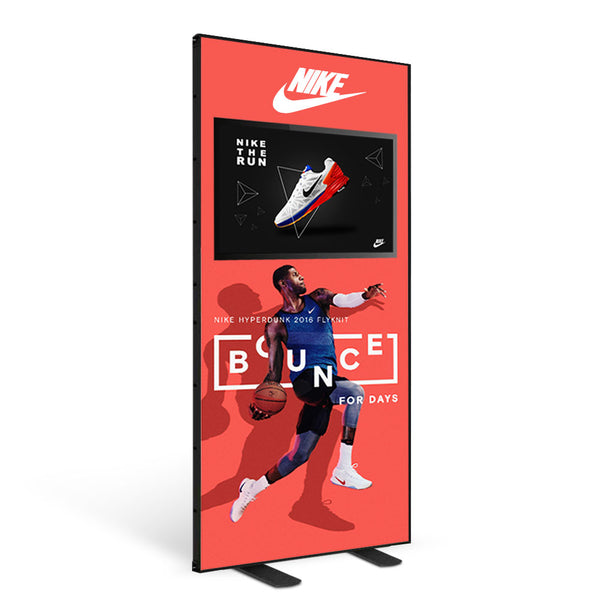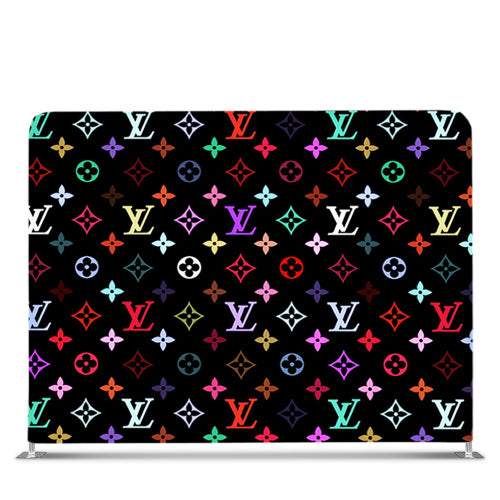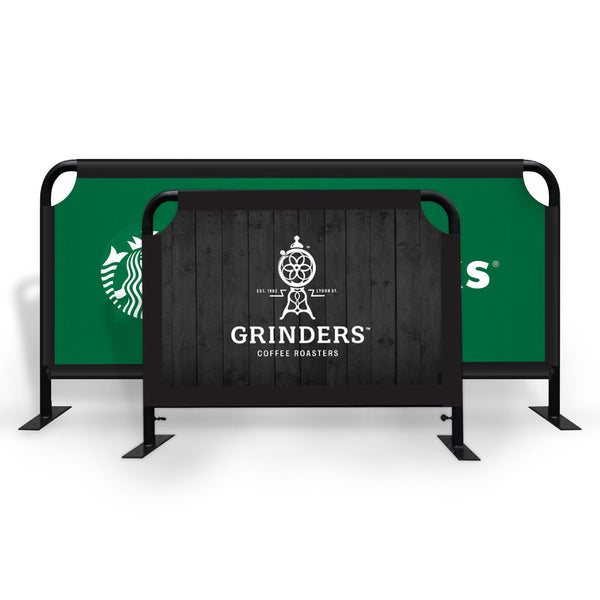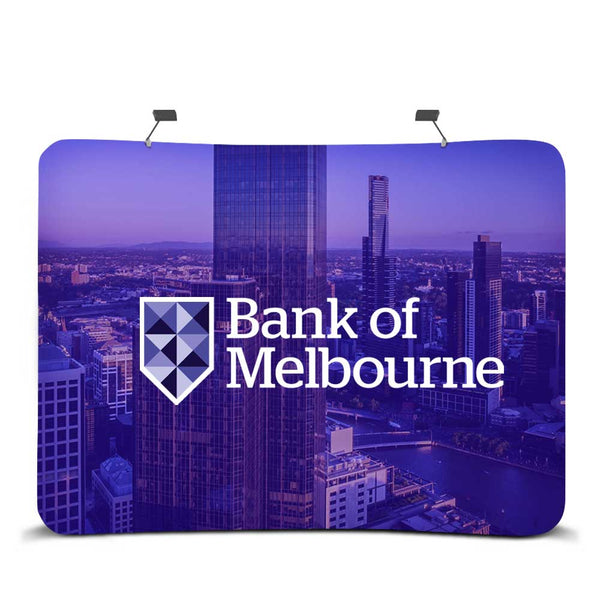5 Design Tips for Large Format Printing

Whether you are designing a trade show banner or a poster for a company’s product launch, it is important that your large-scale designed product stands out!
So, here are 5 simple tips you can keep in mind to ensure that you always end up with the perfect large format design that attracts positive attention.
1. Always Choose a Vector Format for Your Design
The majority of graphic designers prefer to work with bitmaps – the most used filetype for illustrations or images. However, if you are designing for large format printing, then your best bet is to use a vector format for your image.
Vector formats use mathematical equations instead of pixels used by bitmaps, which make them ideal for large format printing; images formed using pixels tend to get jagged when enlarged for large format printing.
With vector format, the various features of your image will always remain intact and sharp no matter how much you enlarge it. Plus, vectors have a smaller file size than the commonly used bitmaps like JPEG or PNG; this means that they can come out of your printer much faster!
2. Be Careful about Choosing Your Color Palette
As a designer, you should always pick colors that go well together and complement each other. The best way to go about designing for large format printing is to opt for a simple color theme – stick to two or three colors only.
However, there is an exception to this rule of thumb. If you are designing for products that are detail-oriented, then you can experiment with a larger color palette.
Although it might be tempting for you to go with the variety-providing RGB color mode for your design, it is better to stick with the CMYK color mode. Since large format printers employ CMYK, you will know exactly what color your large format printed design will have.
3. Go with a Legible Font
We understand the urge to go for sophisticated, cursive fonts that look cool from a designing perspective, but they are often not legible and cannot be read instantly. So, pick a clear and legible font so that your large format design is readable even from a clear distance.
Use a font with clear gaps between words and avoid using bold type as that can give an overloaded appearance or even thin fonts that can get lost amidst your other designing elements. It is also important to pick a font that is available on multiple formats – Times New Roman, Verdana, and Arial are all safe bets.
4. Keep it Uncluttered
For an effective large format design, less is more. Keep your design uncluttered and effortless. Opt for striking visuals and artwork, instead of overcomplicating your design, and keep your text to the point. Ensure that you have left space at the edge of your design so that you don’t lose any part of it to the page bleed during printing.
5. Look at Your Design from a Distance
Your design might look great on your laptop screen, but it may look entirely different in its printed large format. To ensure that it will turn out great, just stand at a distance of about 20 feet from your screen and see if all the elements are still comprehensive and does the overall look makes sense or not.
Use these 5 tips to come up with designs perfectly suited for large format printing!




